Spice Safari: 7 Zesty Secrets to Mastering Indian Meals Like a Pro!
Welcome, spice warriors and culinary explorers! If you’ve ever stared at a jar of garam masala wondering if it’s magic or just really fancy dirt, this is your moment. Today, we’re diving deep into the sizzling world of Indian meals—where spices reign supreme and flavor is king (or queen, depending on how you season it).
Table of Contents
- The Spice Cabinet: Your Flavor Arsenal
- Taste Tour: Regional Twists Across India
- To Toast or Not to Toast? That Is the Question
- Cooking Techniques with Spices: The Holy Trinity
- Spice Pairings That Deserve Their Own Reality Show
- From Mild to Wild: Heat Hierarchy Decoded
- Common Mistakes Even Pros Make (Oops!)
- Storing Spices: Keep It Fresh or Lose It
The Spice Cabinet: Your Flavor Arsenal
If your kitchen spice rack looks like a forgotten relic from the last century, it’s time for an intervention. Let’s start with the essentials:
| Spice | Flavor Profile | Main Use |
|---|---|---|
| Cumin | Earthy, nutty, slightly bitter | Rice dishes, curries, soups |
| Turmeric | Warm, peppery, slightly bitter | Curries, lentils, golden milk |
| Garam Masala | Complex, warm, sweet-spicy blend | Finishing touch on curries, stews |
| Coriander | Citrusy, floral, slightly sweet | Dals, chutneys, marinades |
| Mustard Seeds | Pungent, nutty, slightly mustardy | Tadka in South Indian dishes |
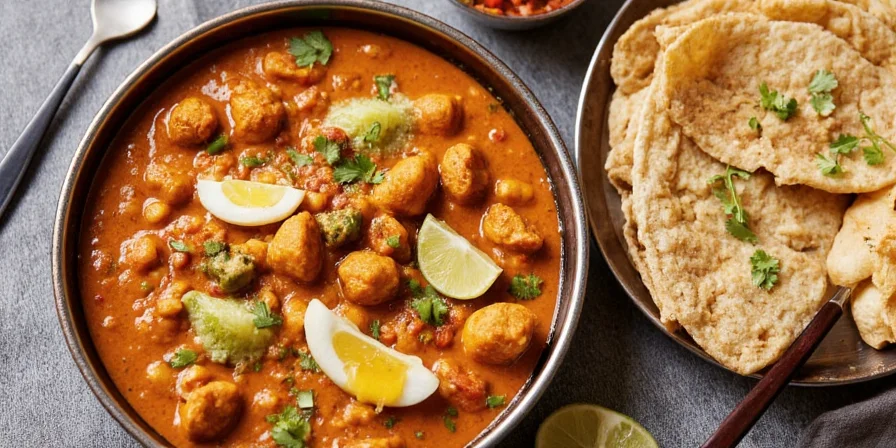
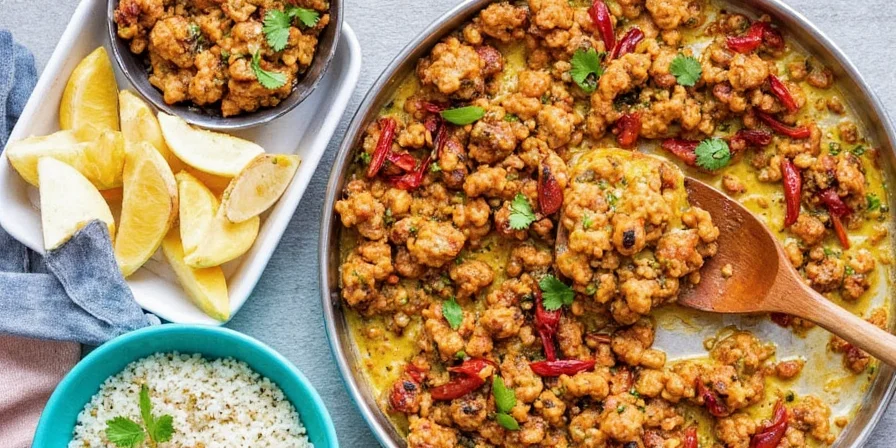
Taste Tour: Regional Twists Across India
India isn’t one cuisine—it’s a continent of flavors! From creamy North Indian butter chicken to fiery South Indian coconut curries, each region brings its own flair to the table.
- North India: Rich gravies, dairy-based sauces, tandoori techniques.
- South India: Coconut, curry leaves, mustard seeds, and bold chilies.
- East India: Mustard oil, panch phoron, subtle seafood touches.
- West India: Goan vindaloos, Gujarati sweetness, Maharashtrian kokum.
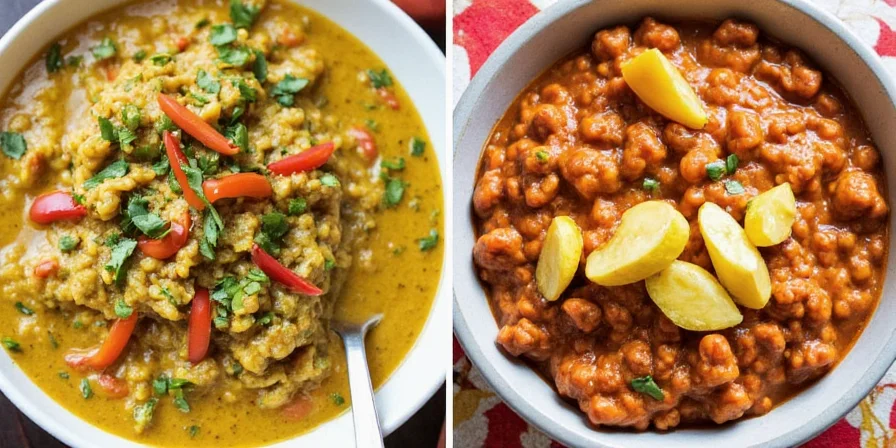
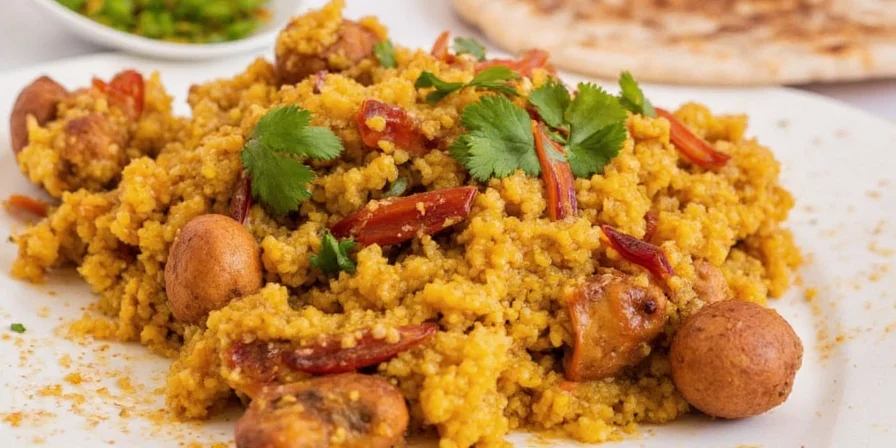
To Toast or Not to Toast? That Is the Question
Toasting whole spices before grinding releases their essential oils and unlocks deeper flavor. But don’t go all pyro-chef on them—burned cumin tastes more like regret than earthy goodness.
Pro Tip: Use a dry skillet over medium heat and keep shaking that pan!
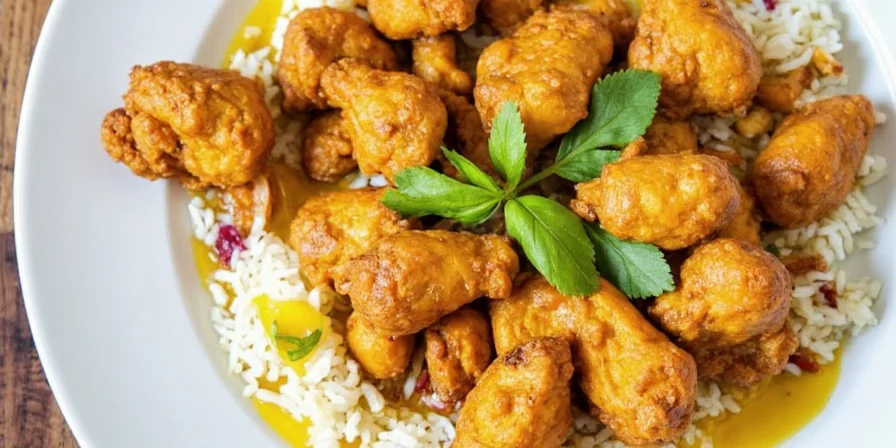
Cooking Techniques with Spices: The Holy Trinity
- Tadka/Tempering: Sizzle mustard seeds, curry leaves, and onions in oil for a flavor bomb.
- Dry Roasting: Used in garam masala blends and spice powders.
- Wet Grinds: Fresh pastes made from blended spices, chilies, garlic, ginger, etc.
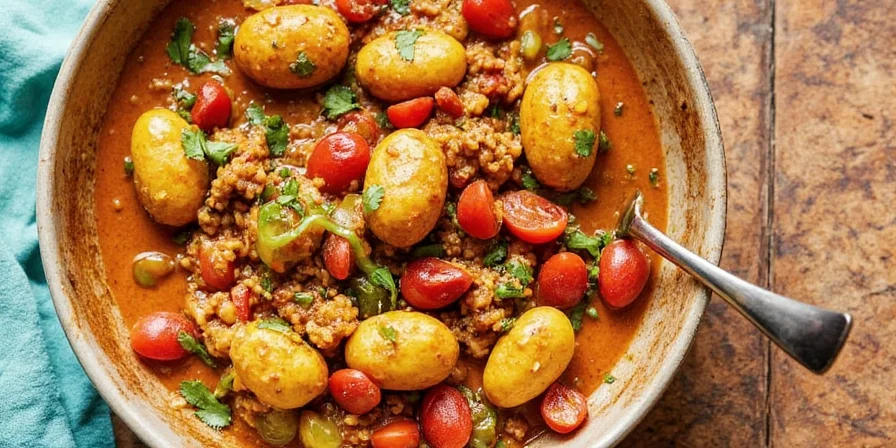
Spice Pairings That Deserve Their Own Reality Show
Some spice combos are just... destined. Here’s your Bollywood-style love story lineup:
- Cumin + Coriander = Earth meets citrus bliss
- Cardamom + Cinnamon + Clove = The holy trinity of sweet-spice
- Fenugreek + Mustard Seeds = The dynamic duo of depth and bite
- Ginger + Garlic + Green Chilies = The triple threat of kick-ass flavor
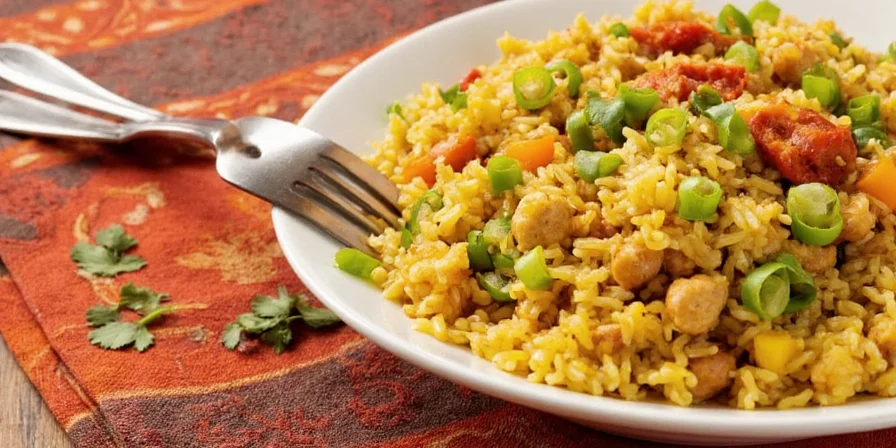
From Mild to Wild: Heat Hierarchy Decoded
Not all chilies are created equal. Understanding regional heat levels helps avoid culinary disasters (and tears). Here’s a quick cheat sheet:
| Chili Type | Heat Level (SHU) | hickmarks">|
|---|---|---|
| Kashmiri Mirch | 1,000–2,000 | Red color, mild heat |
| Bird’s Eye Chili | 50,000–100,000 | Small but mighty firecrackers |
| Naga Morich (Bhut Jolokia) | 1,000,000+ | Used in Northeastern Indian ghost pepper dishes |
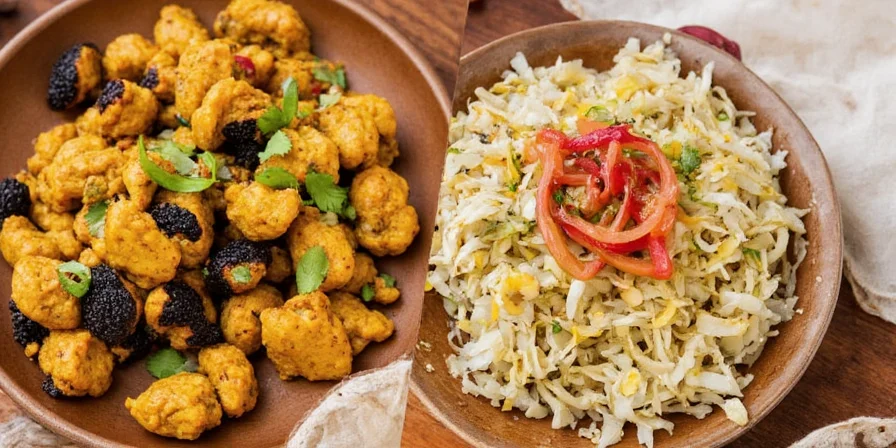
Common Mistakes Even Pros Make (Oops!)
We’ve all been there. Here’s what NOT to do:
- Overloading dishes with too many spices
- Using stale spices that have lost their punch
- Adding garam masala too early—let it shine at the end!
- Skipping the tadka—it’s where the magic happens
- Ignoring the power of salt and acidity balance
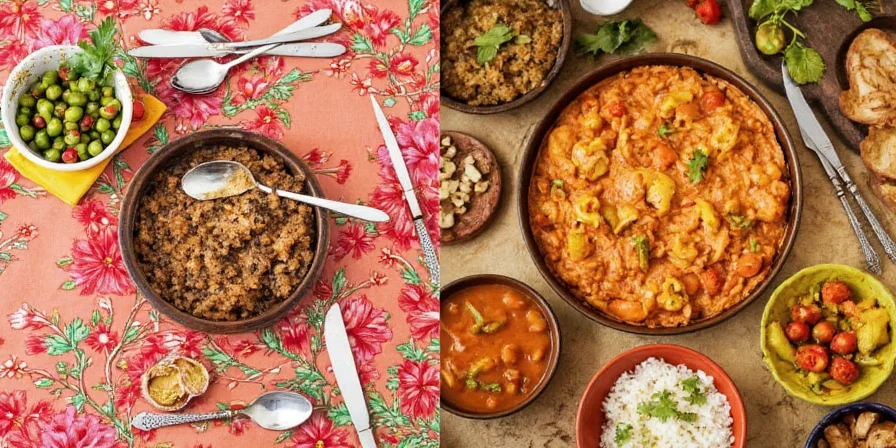
Storing Spices: Keep It Fresh or Lose It
Spices are like vampires—they hate light, moisture, and air. Store them in airtight, dark glass jars away from heat sources. Whole spices can last up to 4 years; ground ones, about 2–3 years.
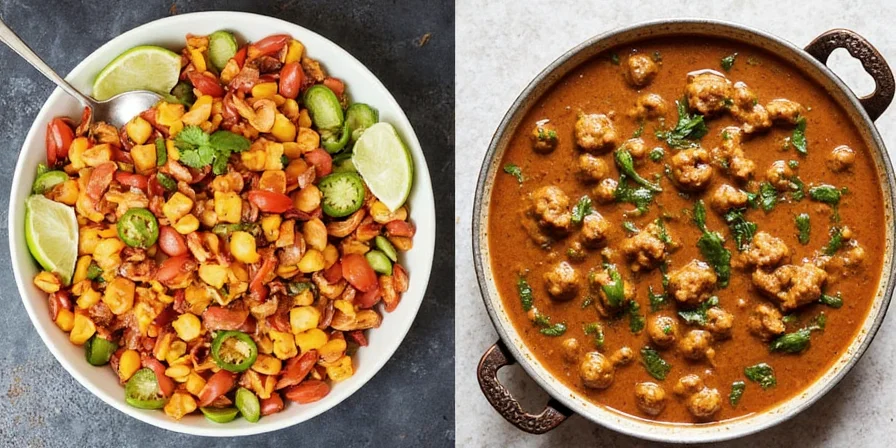
Conclusion
Mastering Indian meals isn’t about memorizing a million recipes—it’s about understanding how spices work together. Once you get the hang of layering flavors, balancing heat, and respecting your ingredients, you’ll be whipping up restaurant-quality dishes in no time. So go ahead, embrace the grind (literally), toast those spices like a boss, and let your kitchen smell like a market in Mumbai.
Now, who’s ready to spice things up?

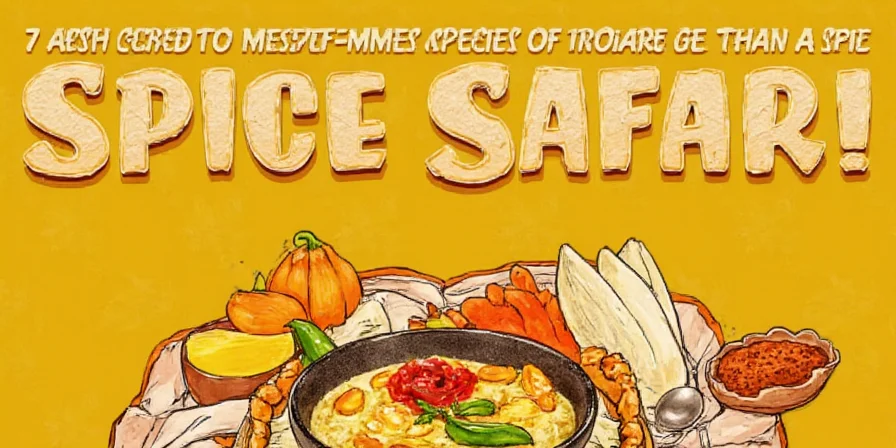









 浙公网安备
33010002000092号
浙公网安备
33010002000092号 浙B2-20120091-4
浙B2-20120091-4